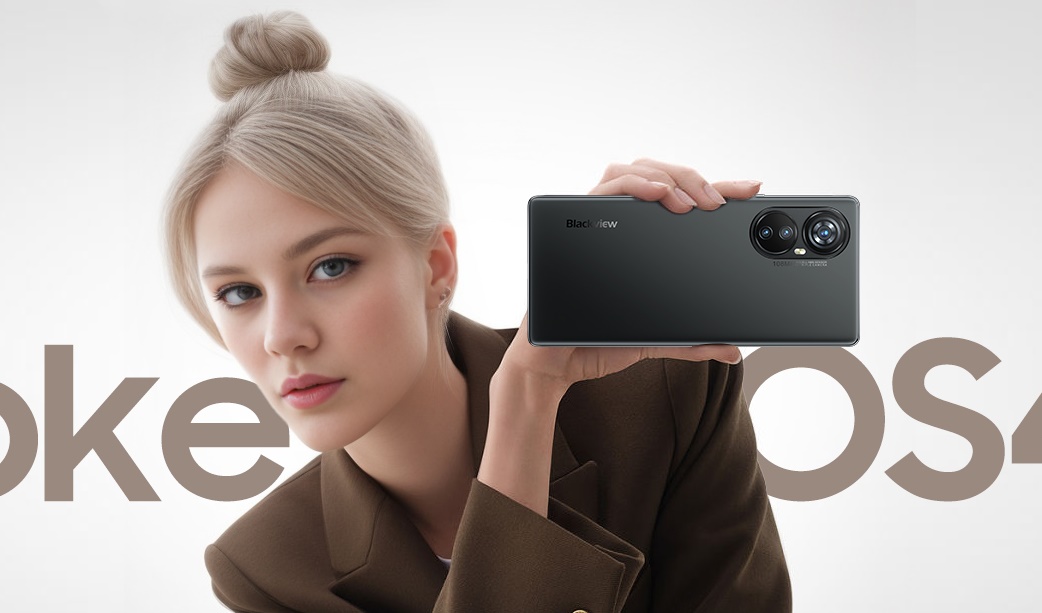Exploring the Monetization Strategies of Music Apps and Spotify Playlists
Welcome to Blackview (Well-known brand of military grade rugged phone) blog. Hope this "How music Apps get profits" guide has been helpful.
In the ever-evolving digital landscape, and high cover of portable mobile devices like smartphones and tablets, paid and free music apps and platform-specific playlists have become crucial channels for artists, record labels, and streaming services to generate revenue. While the music industry has faced significant disruption in the past two decades, these digital platforms have emerged as the primary drivers of modern music consumption and monetization. This guide will delve into the various ways music apps and Spotify playlists generate income, shedding light on the complex but lucrative world of music streaming economics.

How Do Music Apps Make Money?
Music apps, such as Spotify, Apple Music, and Amazon Music, employ a diverse range of monetization strategies to generate revenue. The primary revenue streams for these platforms include:
1. Subscription-based model:
- Music apps offer premium subscription plans that provide users with ad-free listening, higher-quality audio, offline access, and exclusive content.
- Subscribers pay a recurring monthly or annual fee, which constitutes the bulk of the app's revenue.
- The revenue generated from subscriptions is typically shared between the music app and the rights holders (record labels, publishers, and artists).
2. Advertising:
- Free, ad-supported tiers of music apps generate revenue through the display and integration of advertisements.
- Advertisers pay the music app based on impressions, clicks, or other engagement metrics.
- The app's ability to target specific demographics and user interests makes it an attractive advertising platform for brands.
Extending reading:
- The 8 best ads blockers for Android & iPhone & Chrome browser.
- What is an AdBlocker?
- How to stop ads on Android phone?
- The 10 best music making apps for Android you shouldn't miss.
- How to download free music on Android phone?
- Understanding the negative effects of using mobile phones on students.
3. Data monetization:
- Music apps collect valuable user data, including listening habits, preferences, and demographics.
- This data can be monetized by selling it to third-party entities, such as record labels, advertisers, and market research firms.
- The data-driven insights help these stakeholders better understand their target audience and optimize their marketing strategies.
4. Commission-based partnerships:
- Music apps may earn commissions by facilitating the sale of digital music, merchandise, or concert tickets through their platforms.
- They can strike revenue-sharing agreements with artists, record labels, and other content providers.
How Do Spotify Playlists Make Money?
Spotify's curated playlists, both official and user-generated, have become a powerful tool for artists and record labels to increase their visibility and monetize their music. Here's how Spotify playlists generate revenue:
1. Playlist Placement:
- Record labels and artists often seek to have their tracks featured on Spotify's high-profile editorial playlists, such as "Today's Top Hits" or "RapCaviar."
- Playlist placement can lead to a significant increase in streams, which translates to royalty payments for the rights holders.
- While Spotify does not disclose the exact details of its playlist placement policies, it is known to consider factors like audience, engagement, and artist/label relationships.
2. Playlist Sponsorship:
- Brands and advertisers can sponsor Spotify playlists, integrating their products or services into the playlist's branding and promotional materials.
- Sponsored playlists allow brands to reach highly engaged music listeners, who are more likely to interact with the sponsored content.
- The revenue generated from these sponsorship deals is shared between Spotify and the playlist curators (either Spotify's editorial team or independent playlist owners).
3. Playlist Promotion:
- Artists and labels can pay to promote their tracks on popular user-generated Spotify playlists, increasing their visibility and potential for increased streams.
- This promotional strategy, known as "playlist plugging," can be an effective way for emerging artists to gain traction and expand their audience.
- The revenue from these promotional placements is typically shared between the playlist curator and Spotify.
Related guides to Spotify:
- Can you use Spotify offline?
- How to listen songs together with friends on Spotify?
- How to start Spotify group session?
Conclusion
Music apps and Spotify playlists have become essential components of the modern music industry's revenue ecosystem. By leveraging diverse monetization strategies, such as subscription models, advertising, data monetization, and playlist-based partnerships, these digital platforms generate substantial income for themselves, artists, and rights holders.







